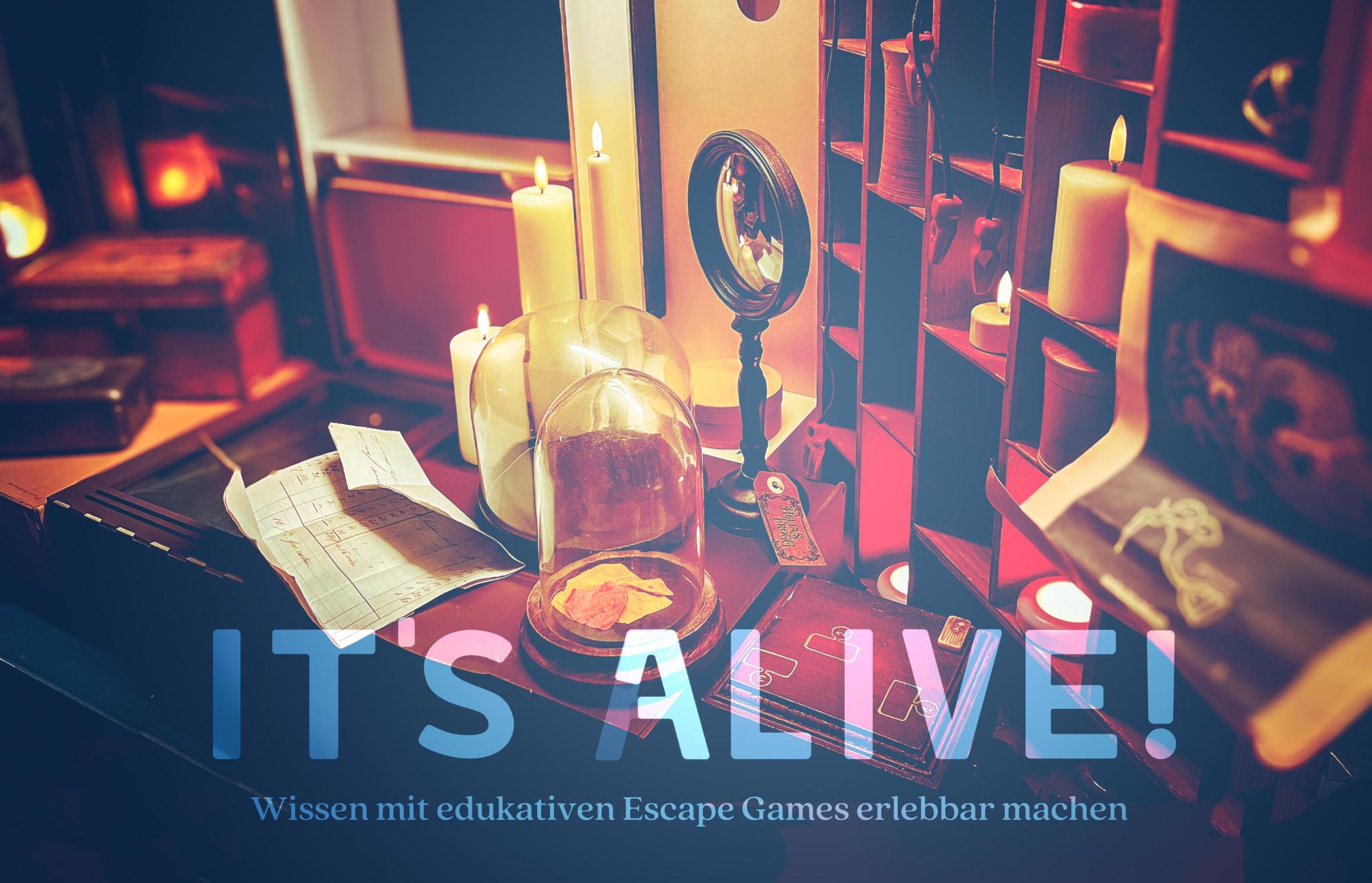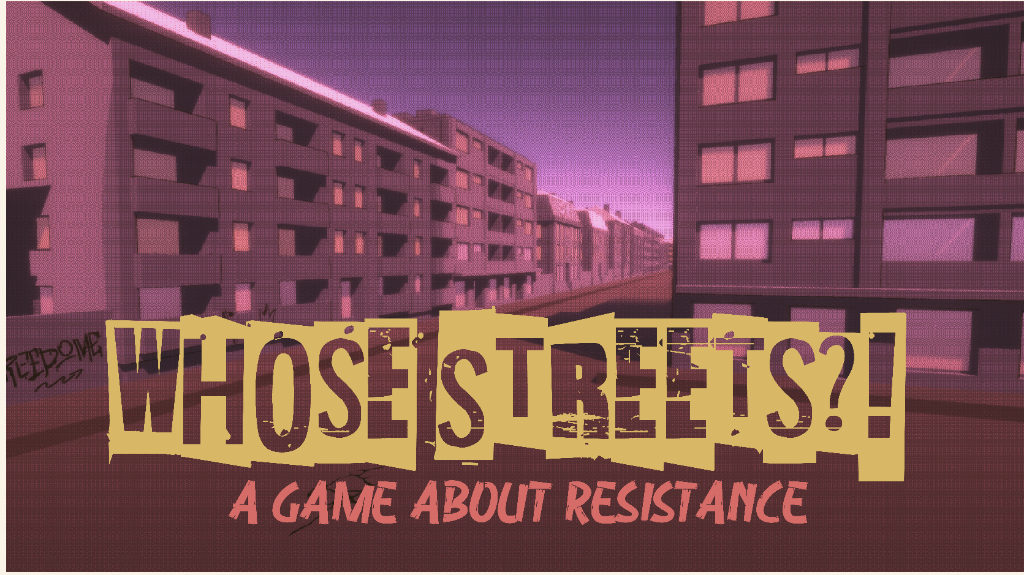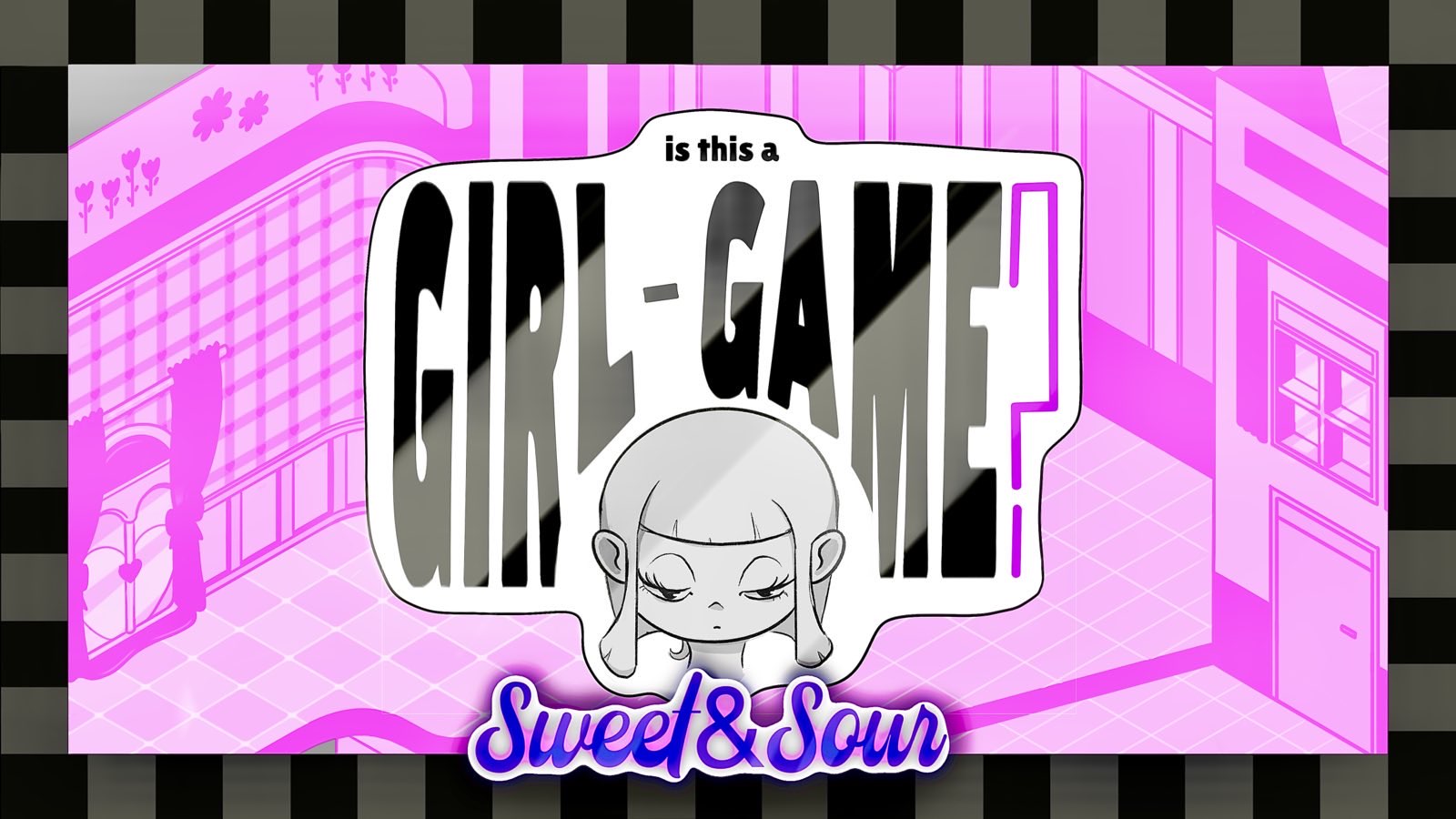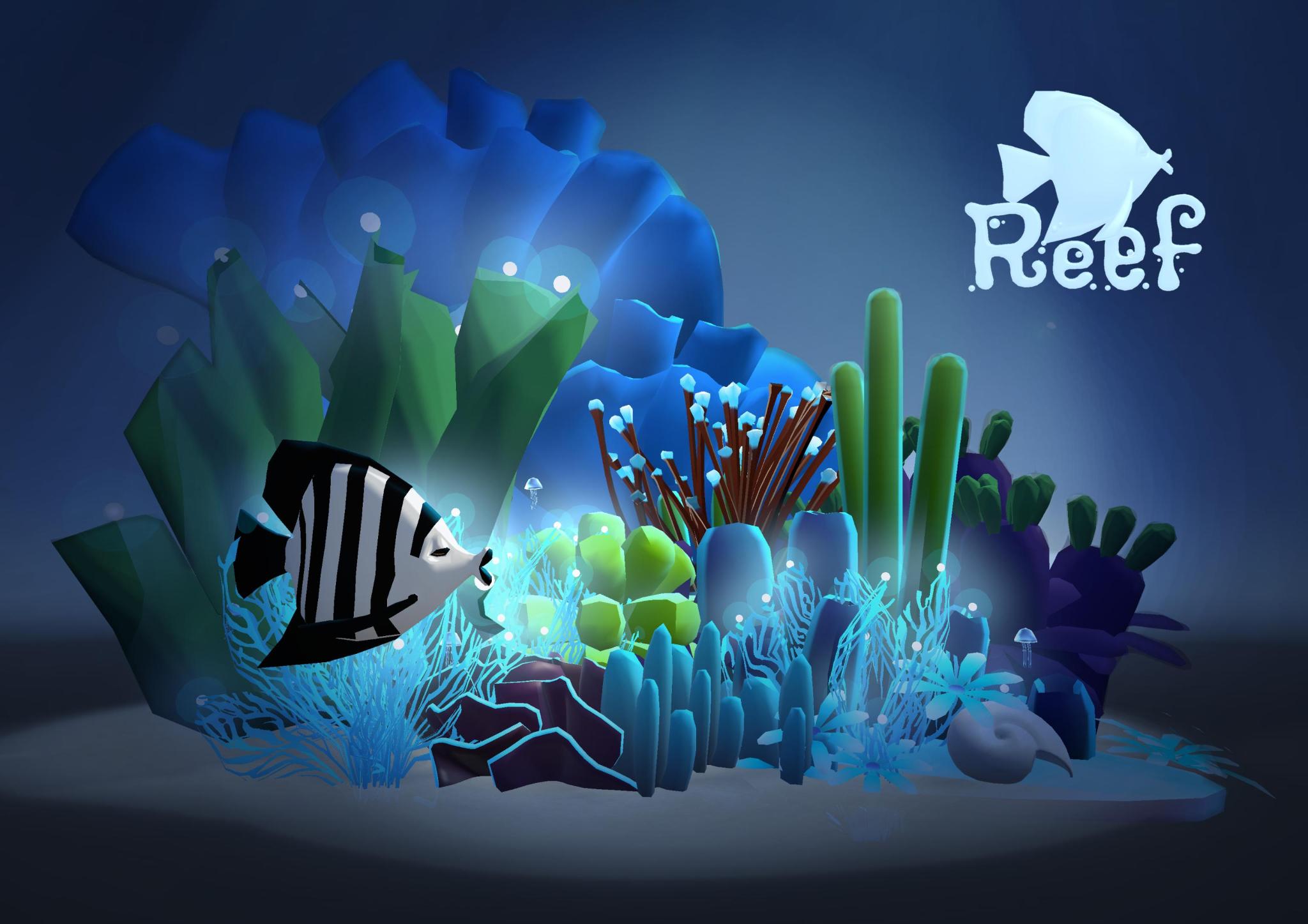Navigation auf uzh.ch
Navigation auf uzh.ch
Game Design Master students from Zurich University of the Arts invite you to playtest their final projects!
This playtesting offers the opportunity to experience game design up close, try out creative game ideas, provide feedback, and discuss various gaming approaches. From sound strategies, girl games, knowledge transfer through escape games and seamlessly integrated teaching elements, to augmented reality for emotional connection to places, organizing political demonstrations, and fluid level generation by players— a variety of topics await you at this playtesting afternoon!
Andrin Hess: Joule

Joule is an open-world adventure game in which players control a small robot through a post-apocalyptic world. The goal is to make your way through the wasteland, investigate the reasons for the downfall of society and uncover the secret of a monumental power plant.
Céline Neubig: It's Alive!

In "Frankenstein", Mary Shelley created a gripping tale about self-perception, creation, betrayal and the deeper meaning of being human. But how can this story be experienced and played today? Escape Rooms are ideal for such immersive adventures. Players solve interactive puzzles and experience the tragic story of the creature and its creator Doctor Frankenstein up close. In my master's thesis, I analyze practices of the world's best escape rooms and adapt them for educational escape games. The learning content thus becomes an immersive escape room adventure.
Dominic Hartmann: Whose Streets?! A Game About Resistance

How are social movements represented in current games? Based on the analysis of various games, the representation is rather one-sided and usually not very positive. Mostly, only demonstrations are depicted, and these are usually very aggressive and apolitical. In order to counteract this, design rules were developed with the aim of promoting a more balanced and fairer representation. In this game, all of these rules have now been applied to a very political setting
Kathleen Bohren: Sweet&Sour - Is this a Girl-oriented game?

Determining if a video game is designed for girls seems straightforward. But what factors truly contribute to this distinction? Enter «Sweet&Sour»: a game that challenges perceptions. The player’s actions change the game’s art style and topic from neutral to crazily girly – playing with the three pillar theories outlined in the Master’s thesis «Understanding the phenomenon of “Girl-oriented” video games». The game gives players a creative space to interact with girl-oriented codes, encouraging reflection on the topic of gendered video-games.
Natalie Coulam: Placemaking within Gameworlds: Analysis of Digital World Attachment

Nicola Kistler: Adventourist

The master's thesis «Spiele im Fluss: Was sind fluide Spielregeln und wie werden sie von Spieldesignenden genutzt» deals with game rules that players can change and influence as part of the game. Various games were analysed and a definition and categorization of fluid game rules were established. The Adventourist artifact represents the change in level generation by the players. The game is a looper that allows players to influence the generation of the next level after each level.
Ryan Brand: Whisper Stride

The master thesis “Sound Strategies” deals with acoustic attention as part of digital games. Building on that, a small survival game is developed. The main mechanic of “Whisper Stride” consists of finding and consuming vital resources while advancing through the world.